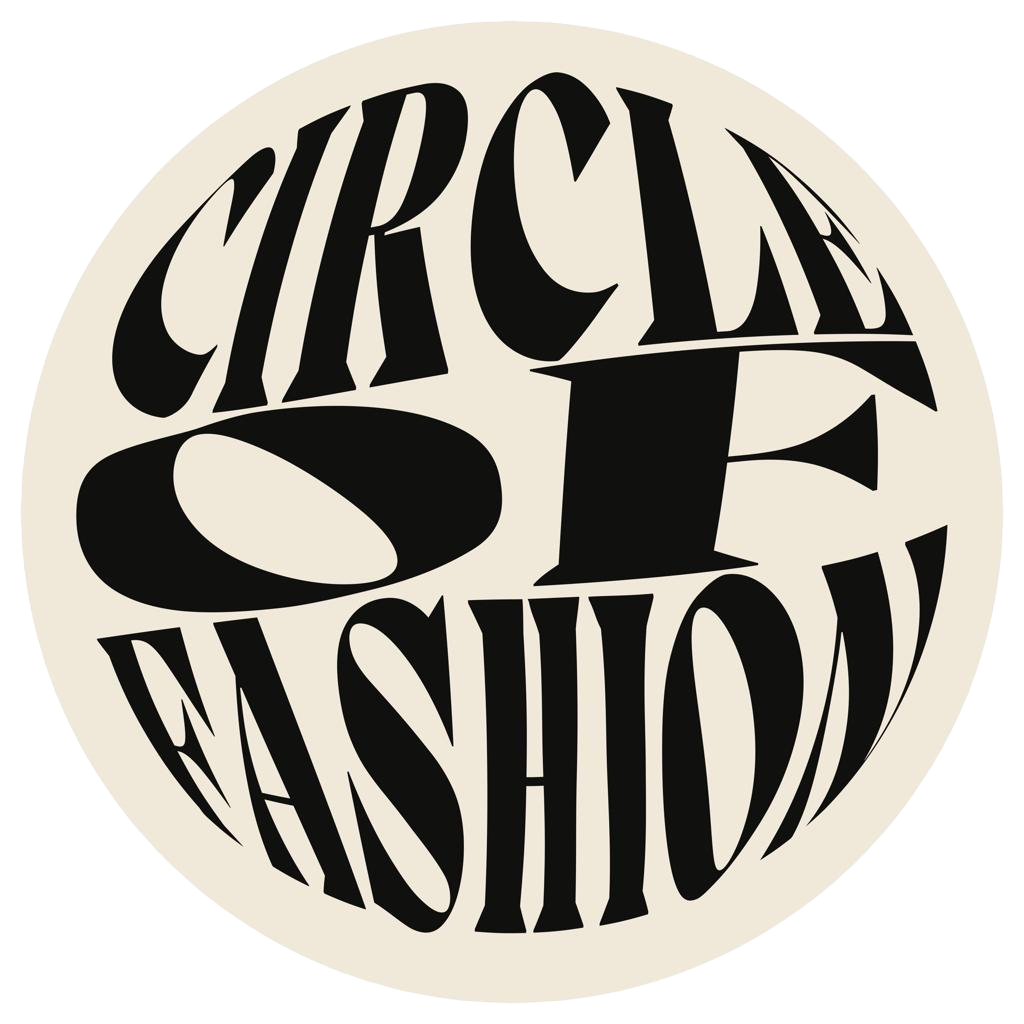Written by Charlotte Dominy
Edited by Leah Gilbert
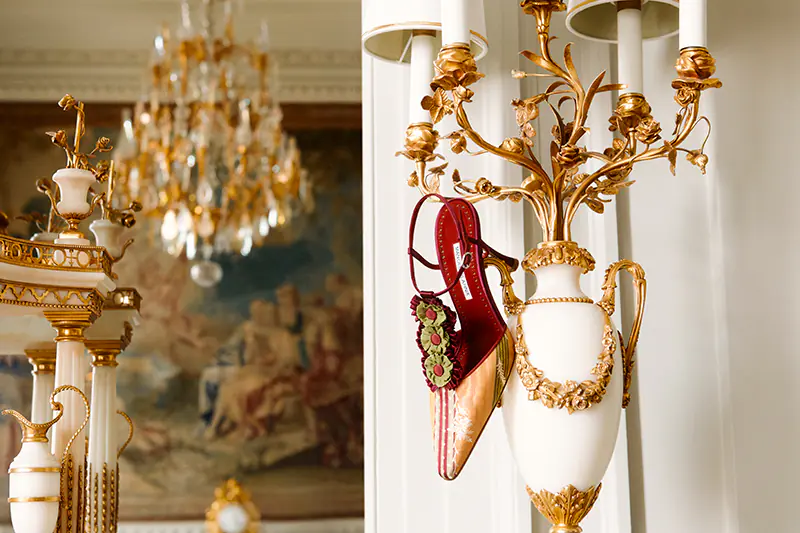
As the eve of the revolution approaches, Kirsten Dunst’s costumes in Sofia Coppola’s cult classic Marie Antoinette become heavier, stricter, and darker. The frills are forgone for firm and simple silhouettes, reflecting her turmoil from outside in. A similar development of depth is found in the colour palette of Manolo Blahnik’s new limited-edition Marie Antoinette collection as well.
This mature reflection of the Queen’s life is referenced by Mr. Blahnik himself in W Magazine’s interview for the new collection: “For the film, pastels were divine; the pinks, lilacs, and pistachio greens perfectly express the playfulness of youth,” he explains. “For this collection, almost twenty years after the film came out (can you imagine!) I wanted to bring depth and a touch of drama. I added richer hues like midnight blues and deep maroons to explore another side of Marie Antoinette with more intensity and even the melancholy she experienced in her wild and fascinating life.”
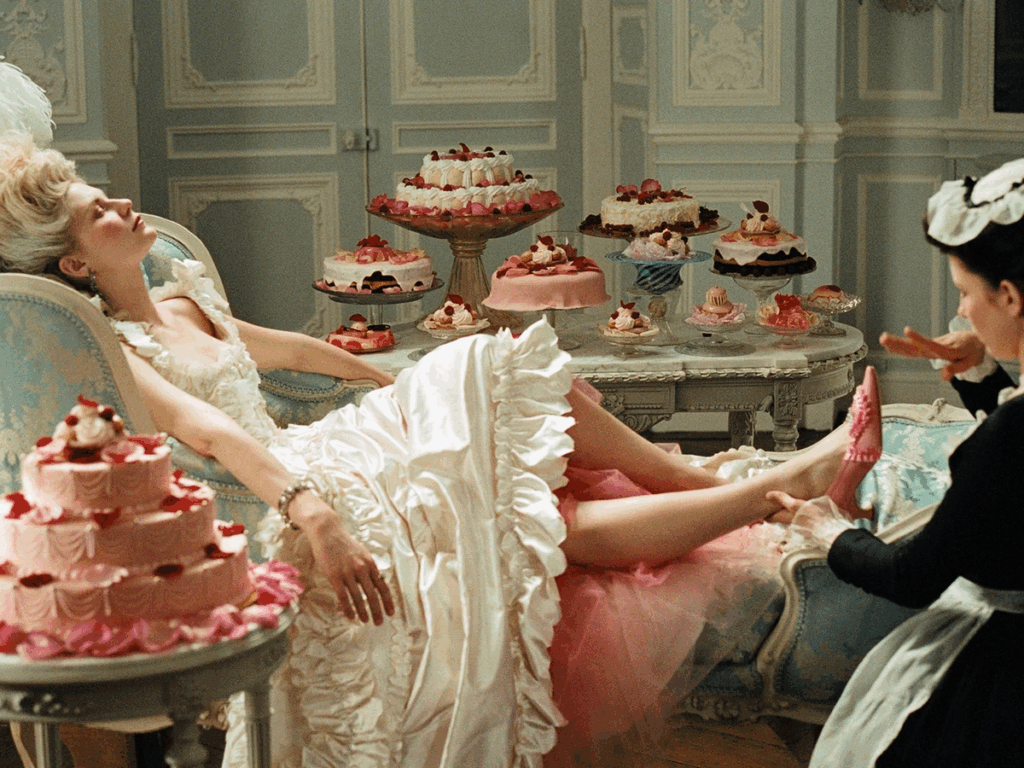
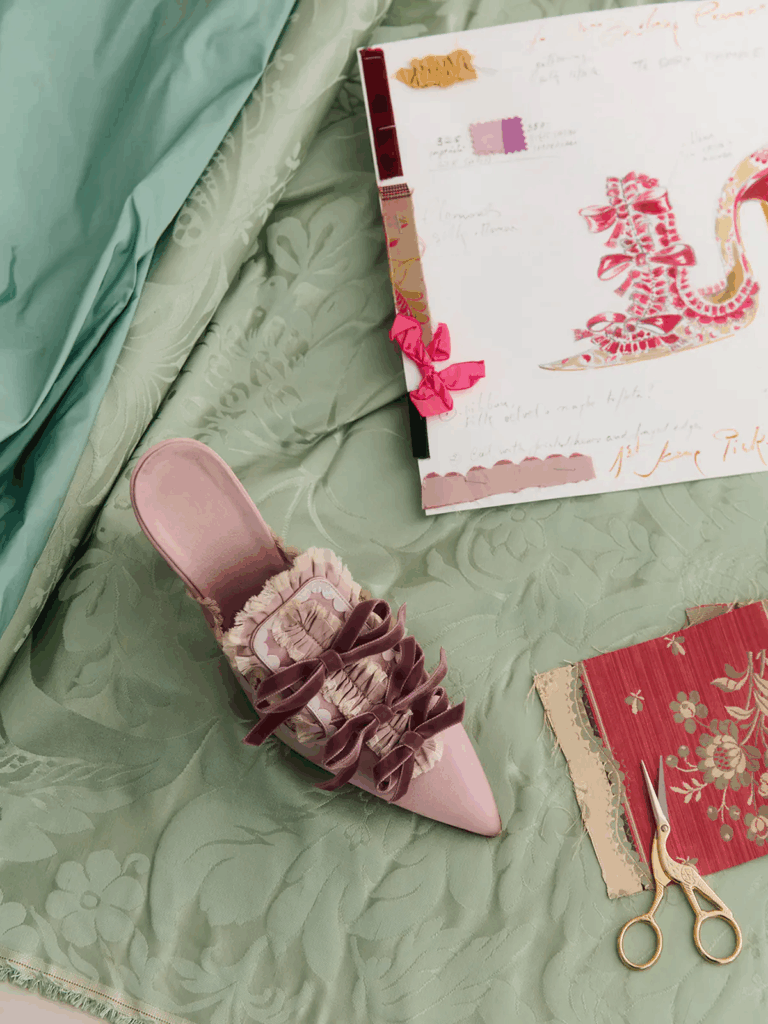
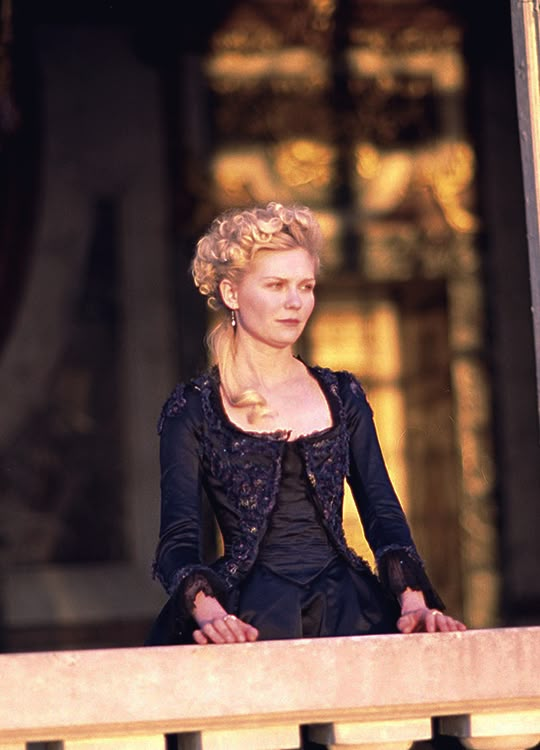
While the new collection includes many references to the pastels present in the Queen’s blush and rose collection, mature colours dominate throughout the majority of shoes, showcasing the passage of time into maturity. This touch of darkness resonates strongly with our own state of the world today, regardless of who you are. The days of over-ornamented pastel pinks, blues and pistachios are in the past. In the same way they still do now, dark colours indeed had strong connections to political statements and mourning periods of Marie Antoinette’s life. It was in 1774 that the Queen’s shopping habits aligned her with the pastel-loving, blush-cheeked princess we all know well. It was the late 1780s when her once girlish wardrobe began to take on a more significant meaning. The Queen, early in the revolution, strictly wore the national colours: red, blue, and white. By June 1791, however, the colours would change to classical royalist hues: deep purples, greens, and the royal mourning colours of white and black.
Black specifically became a colour of resilience for Marie after the King’s execution in 1793. The Queen donned a black mourning dress in her holding cell, one which she refused to take off until the day of her own execution. So while the three black shoes featured in the new collection may seem out of place to those only familiar with the pastel princess, they still hold a firm connection to Marie Antoinette’s own life, specifically with the political strife present near the end of it.
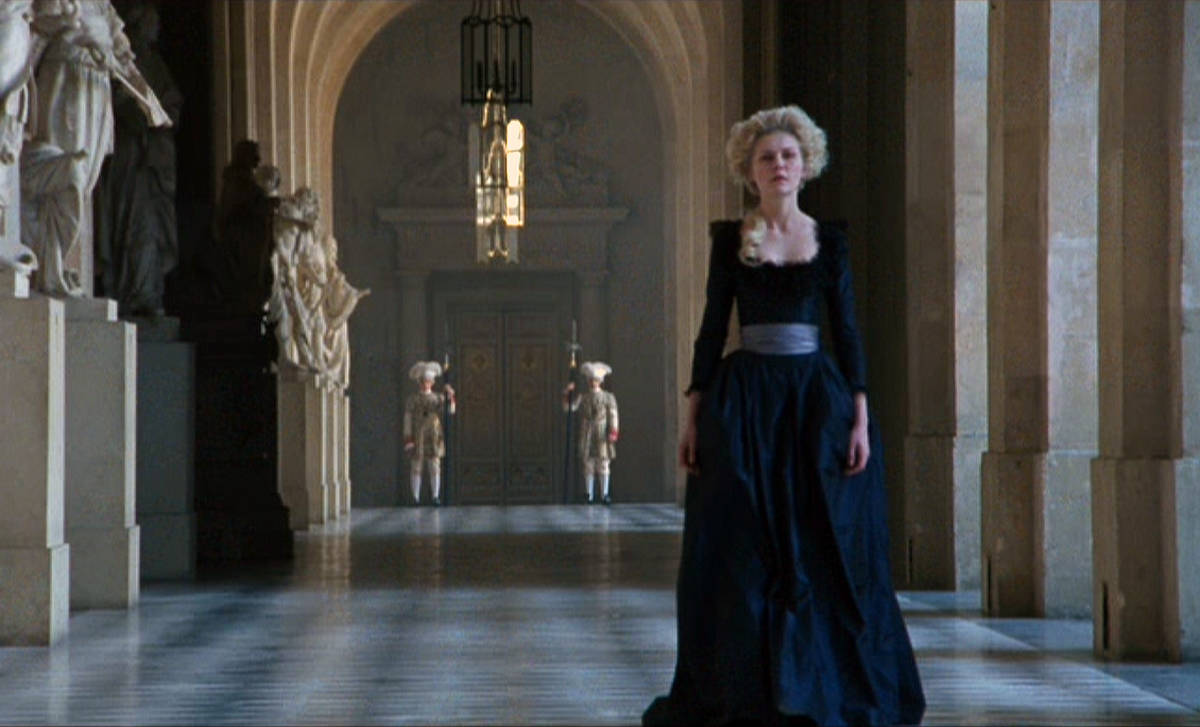
There was always a reason for the shift away from girlishness in the Queen’s story, until the last moment. In her fashion lay an Acknowledgement of maturity and somberness – of fate uncertain, yet bound to be bad.
In the current climate, we examine fashion amid looming uncertainty. Do these dark additions to the Manolo Blahnik Marie Antoinette collection reflect a darker shift for us, too? As Sofia Coppola’s movie ages and the girls who watched it grow older, its legacy also changes: converse switch to pastels, and pastels switch to a deeply felt somberness reflected in dark palettes.
